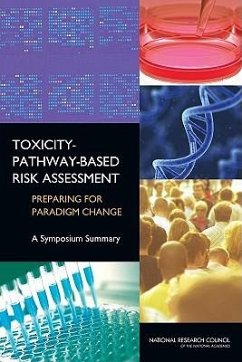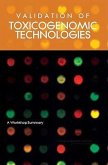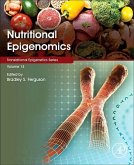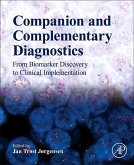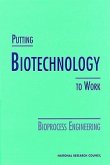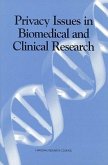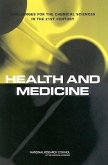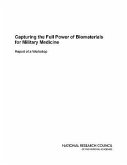In 2007, the National Research Council envisioned a new paradigm in which biologically important perturbations in key toxicity pathways would be evaluated with new methods in molecular biology, bioinformatics, computational toxicology, and a comprehensive array of in vitro tests based primarily on human biology. Although some considered the vision too optimistic with respect to the promise of the new science, no one can deny that a revolution in toxicity testing is under way. New approaches are being developed, and data are being generated. As a result, the U.S. Environmental Protection Agency (EPA) expects a large influx of data that will need to be evaluated. EPA also is faced with tens of thousands of chemicals on which toxicity information is incomplete and emerging chemicals and substances that will need risk assessment and possible regulation. Therefore, the agency asked the National Research Council to convene a symposium to stimulate discussion on the application of the new approaches and data in risk assessment. The symposium was held on May 11-13, 2009, in Washington, DC, and included presentations and discussion sessions on pathway-based approaches for hazard identification, applications of new approaches to mode-of-action analyses, the challenges to and opportunities for risk assessment in the changing paradigm, and future directions.
Hinweis: Dieser Artikel kann nur an eine deutsche Lieferadresse ausgeliefert werden.
Hinweis: Dieser Artikel kann nur an eine deutsche Lieferadresse ausgeliefert werden.

